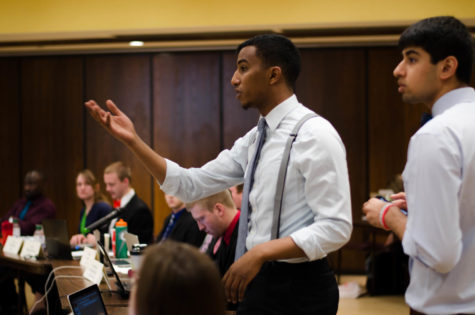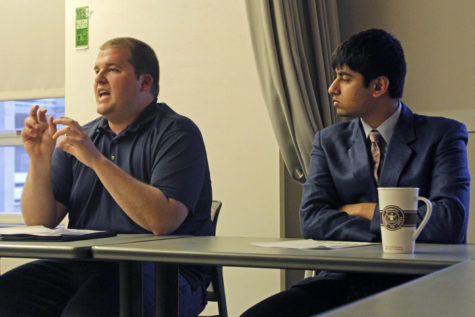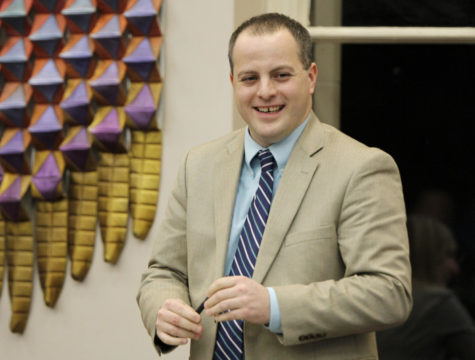One year later, letters still flow
February 18, 1997
The September 29th Movement is hoping persistence counts for something in the drive to change the name of Catt Hall.
For nearly a year, every school day — excluding the summer — there have been five letters signed by students, faculty and staff delivered to President Martin Jischke’s office. They all call on Jischke to change the name of Catt Hall.
Members of The Movement argue the name should be changed because of racial slurs they say Catt made during her crusade to get women the vote.
Black Student Alliance President Meron Wondwosen, a junior in political science and French, said she has delivered about 1,000 letters to the President’s Office. Each is a typed form letter, signed by a student or a faculty or staff member. Each person is only allowed to sign a letter once.
The letters, which were composed by Allan Nosworthy, are personally addressed to President Jischke. They cite the “uncomfortable atmosphere” that has been created by Catt Hall, and offer to assist the university in creating a more diverse atmosphere.
The campaign was organized by Wondwosen and Nosworthy, a GSB senator and president of the Black Cultural Center. Between September of 1995, when the Catt issue was brought to light, and February of 1996, “we were asking why nothing was done,” Wondwosen said.
In late February of 1996, Wondwosen wrote a personal letter to Jischke. Ever since, the form letters have been delivered. “We will continue until the building is renamed,” Wondwosen said.
But that could mean an infinitely long campaign, if Jischke has his way.
“I have not seen anything in the letters that offers new information or arguments,” he said. “If you’ve read one, you’ve read them all. … It’s simply a form that the students sign.”
He said he has read all of the material on the subject, and it is his belief that Catt was not a racist. Jischke said he believes Catt deserves the honor of having the building named after her, a position he has reiterated several times.
The president said he is not surprised the campaign has dragged on this long. “I believe the students leading this effort are sincere,” he said. Jischke said he sends a form-letter response to every Catt letter he receives.
In the responses, Jischke thanks the author for writing, explains his position and invites him or her to offer any suggestions for improving the campus climate.
The idea of a letter-writing campaign is nothing new to Nosworthy. He conducted a similar project in spring of 1993, when he was an undergraduate at the State University of New York at Oswego.
Nosworthy said that due to a mass retirement at SUNY-Oswego, a number of tenure-tract teaching positions opened up at the university. He started a letter-writing campaign supporting the hiring of at least 10 African Americans.
Then, Nosworthy’s efforts paid off. “By the end of summer 1993, seven people of color were hired into tenure-tract teaching positions,” he said.
Nosworthy said BSA officials have had several booths in the Memorial Union where people could sign a letter. Also, Movement members have letters with them at all times.









